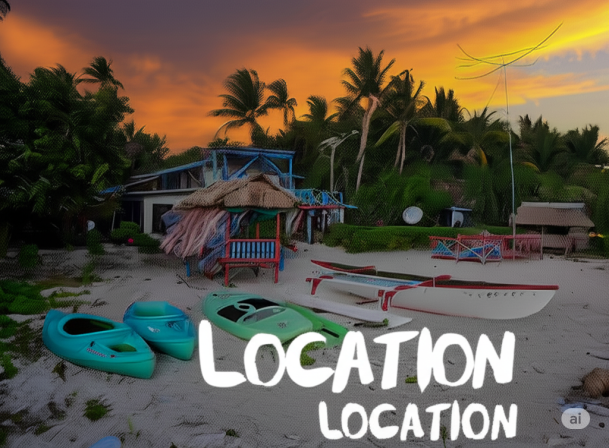
In all my 11m DXpedition planning, the primary focus is clear: satisfy the cravings of Major DX Markets.
 This means meticulous consideration of operating times, antenna configurations, beam headings, and QRGs—every element fine-tuned to maximize reach into regions where the most active and committed DXers reside.
This means meticulous consideration of operating times, antenna configurations, beam headings, and QRGs—every element fine-tuned to maximize reach into regions where the most active and committed DXers reside.
That’s not to say other parts of the world are swept under the carpet—passionate Hunters exist everywhere—but stations outside the core markets may have to work a little harder to make the log…
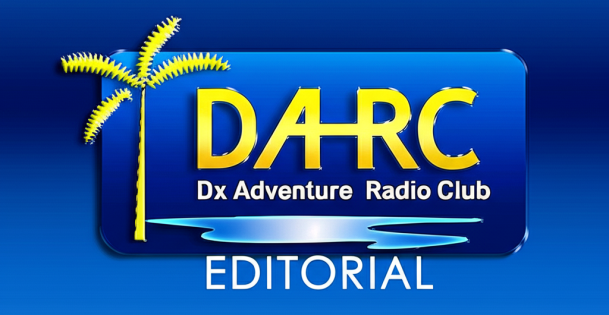
For the Dx Adventure Radio Club (DA-RC), a ‘Major DX Market’ refers to a country, region, or geographic area with a high concentration of active DXers who regularly chase rare stations.
For me, these areas are central to the success of any activation, because:
- They generate high QSO volumes—especially when a rare or remote entity is on the air.
- They often contribute vital support—financial, logistical, and promotional.
- They’re priority targets due to the sheer demand for new or rare logs.
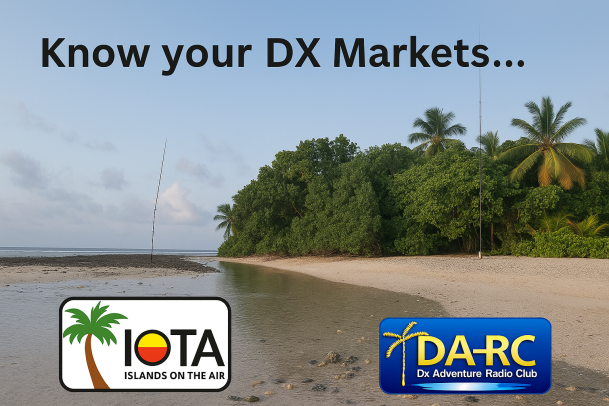
From a global 11m perspective, the DX community can be broadly divided into three chief DX markets:
- Europe
- Australasia
- South America
These regions represent the largest populations of serious 11m DX Hunters, and when planning DXpeditions, they are treated as the primary audience.
Why? Because that’s where the majority of QSOs originate—and if you’re investing the time, money, and effort, you want maximum impact in return.
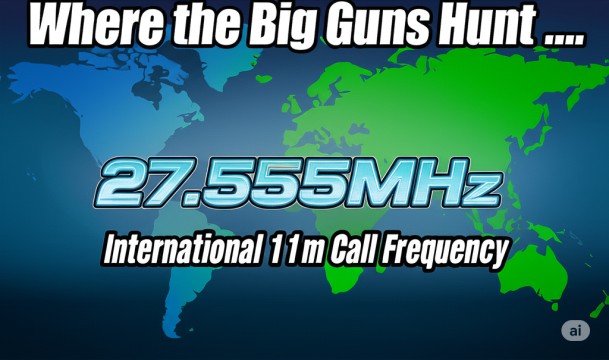
While North America is undeniably a large market, perhaps the largest of them all, the operating style often leans more toward casual rag-chewing than hardcore DXing.
That’s not to say that some NA DXers aren’t out there chasing rare DX—they are—but QSL return rates and sponsorship support consistently lag behind other regions.
Among the Big Three, however, Europe is the undisputed leader!
European DXers dominate in QSL returns, financial backing, and on-air presence.
This makes them the cornerstone of any strategic DXpedition plan—and underscores the importance of optimizing operations to reach them reliably.
Still, every DX location comes with unique propagation challenges…
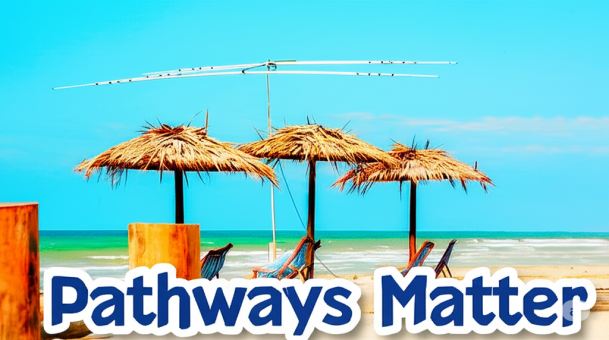
Depending on the QTH, some regions may be harder to reach due to path loss, terrain, or antenna limitations. Ironically, this only increases the demand.
For example: Europeans crave Oceanic DXCCs—tiny Pacific outposts are the crown jewels of their collections.
Australasians often find African DXCCs elusive.
North Americans struggle to log stations in the Indian Ocean due to sporadic propagation.
Understanding both the demand and the DXer populations within these markets is crucial.
It’s what allows an expedition to deliver the highest value to those who need it most.
Why Ham-Friendly Accommodation Matters
One often-overlooked, yet mission-critical, factor in DXpedition planning is accommodation.
For 11m operators seeking to serve Major DX Markets, where you stay can make or break your results.
The right accommodation impacts every technical aspect of the activation—your noise floor, antenna placement, take-off angles, and ultimately, your reach into the key regions.
When targeting Europe, Australasia, or South America—especially from remote or propagation-challenged areas—ham-friendly lodging is non-negotiable.
The ideal QTH should offer:
- Open space and low local QRN
- Room for full-size Yagis or vertical arrays
- Unobstructed take-off angles toward the major DX markets
Even a top-tier station setup can be rendered ineffective if the QTH is poorly sited.
A beachfront villa facing the wrong ocean, thick vegetation, or surrounding infrastructure can severely limit your signal into the primary regions.
The best locations offer clear, open paths—ideally over saltwater or flat terrain—toward target regions.
This is especially important when operating with low power (100W) and simple wire antennas like Skyppers, where every decibel counts.
In the DA-RC, QTH selection is a formal part of pre-expedition planning.
We scrutinize satellite imagery, past activation reports, and field recon to ensure that our chosen accommodation will support clean and effective propagation to the markets that matter most.
Because no matter how rare your prefix—or how exotic your island—if your signal doesn’t reach the ears that want it, your effort is wasted.
Prop Planning for DX Market Optimization
With DX markets identified and QTH secured, the next critical step is propagation planning.
This is where good DXpeditions become great.
Knowing when to beam where—and whether to aim for short or long path—is what separates casual activity from a professionally executed operation.
Tools like VOACAP Online HF Predictions and Proppy (both 11m compatible) are invaluable.
They provide reliable insights into:
- What openings to expect
- When they’re likely to occur
- Which paths (short vs long) are most viable
No tool is perfect, but they’re the best we have—and for every DA-RC activation, we use them rigorously.
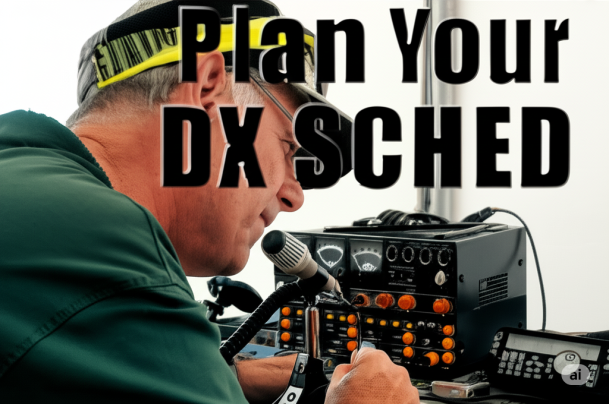
Propagation timing also shapes your operating schedule.
Peak times for Europe might mean late nights or early mornings.
South America may require midday windows.
These nuances matter—and understanding them allows you to maximize logbook efficiency and prioritize the right ears at the right times.
Conclusion
In today’s highly competitive DX landscape, simply being active from a rare QTH isn’t enough.
Strategic planning is essential—and at the heart of that strategy for me is an unwavering focus on the Major DX Markets: Europe, Australasia, and South America.
These regions are home to the most passionate Hunters, the most generous sponsors, and the highest rates of confirmed QSOs.
Planning around their needs—propagation timing, beam headings, and yes, carefully chosen, ham-friendly accommodation—transforms a standard activation into a truly global event.

In the DA-RC, we don’t leave these elements to chance.
Our aim is for every dxpedition to be guided by elite-level standards, where smart choices—not luck—define our impact.
Because a great DXpedition isn’t all about where you go – It’s about who you reach and how many of them.
And when you place the world’s most committed DXers at the heart of your planning—you don’t just activate a new location…
You make radio history!
73 de Darren, 43DA001

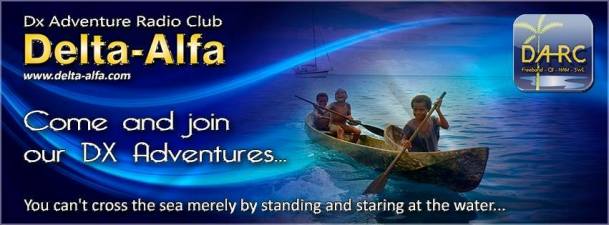
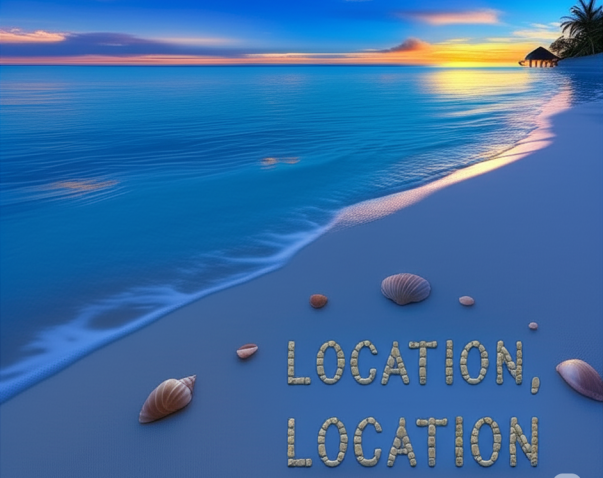
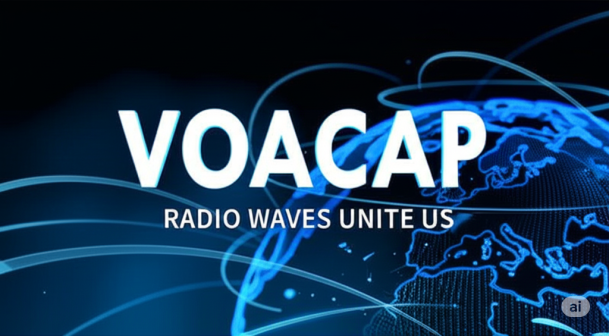
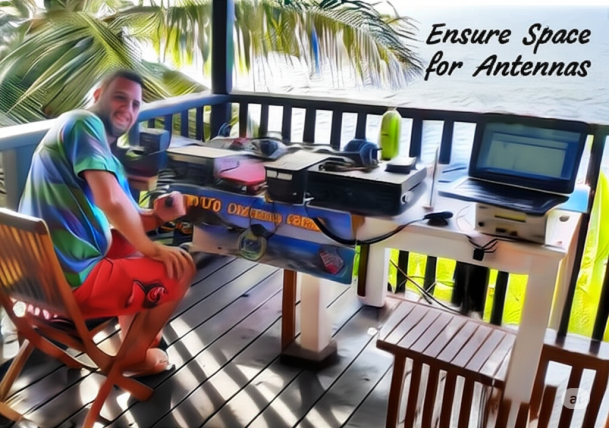
Leave a Reply